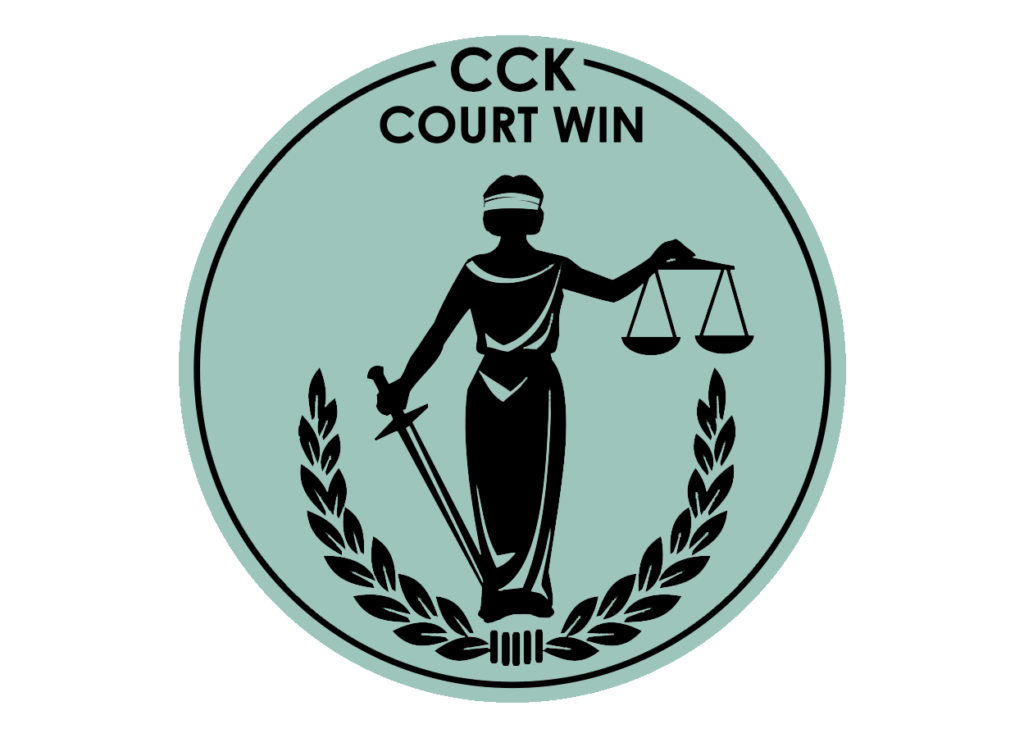Board Erred in Denying Higher Initial Rating for Veteran’s Headache Condition

CCK Law: Our Vital Role in Veterans Law
Factual and Procedural History
The Veteran served on active duty in the United States Army from January 1949 to January 1952. Due to an in-service head injury, the Board granted his claim for service connection for headaches in October 2006 with a 10 percent disability rating effective April 10, 2001, the date he sought to reopen a previously denied claim for headaches. From here, the Veteran appealed for a higher initial rating.
Medical Evidence
In September 2008, the Veteran attended a neurological exam in which he reported experiencing four to five headaches per week, each lasting one to two hours, and indicated that he was incapacitated for two hours, two to three times per week because of his headaches. Nonetheless, the examiner found that his headaches had no effect on his usual daily activities. Further examinations remained consistent in both the Veteran’s reports of his condition and the examiner’s findings.
In February 2015, the Veteran submitted a report from a private vocational consultant. In the report, the vocational consultant opined it is at least as likely as not that the Veteran’s service-connected headaches have resulted in his inability to secure and follow substantially gainful employment since October 2003. Specifically, his headaches, as documented, cause irritability, loss of concentration, and require that he remove himself from any external stimuli for several hours a day. The consultant determined that this would not be tolerated by an employer.
Board Denies, Court Issues Joint Motion for Remand
In July 2013, the Board denied a disability rating in excess of 10 percent prior to August 2011 and the Veteran appealed to the Court of Appeals for Veterans Claims (CAVC). The Court issued a Joint Motion for Remand (JMR) in which both parties agreed the Board erred in its analysis of the Veteran’s headache condition for the period prior to August 2011. On remand, the Board increased the Veteran’s initial disability rating to 30 percent, but no higher, for the period prior to August 2011. Once again, the Veteran appealed to the CAVC, and the Court responded with another JMR. This time, the parties agreed that the Board failed to consider the statements the Veteran had made to various VA examiners regarding his condition. However, the Board issued another denial in May 2015, finding that his headaches were not productive of severe economic inadaptability.
The Veteran appealed to the CAVC for the third time, and in January 2016, the Court issued a third JMR. Here, the parties agreed the Board erred by requiring evidence of actual economic inadaptability when the applicable law only requires that a condition is capable of producing severe economic inadaptability. In June 2016, the Board continued the denial of a higher initial disability rating for the Veteran’s headaches, determining that they were not capable of producing severe economic inadaptability. However, the Board did find the Veteran was credible and that his reports have been consistent over the years. In May 2017, the Court issued a fourth JMR after the Veteran appealed the Board’s decision. Like the previous remands, it was agreed that the Board erred in assessing whether the Veteran’s headaches were capable of producing severe economic inadaptability.
Board Denies Veteran’s Headache Condition Claim for Fifth Time
In October 2017, the Board issued a decision that denied entitlement to an initial rating for the Veteran’s headaches in excess of 30 percent for the period prior to August 2011. In its decision the Board found that his headaches were not prolonged or capable of producing severe economic inadaptability. Specifically, the Board concluded that the Veteran would only have prostrating headaches two times per month. Although this was enough to satisfy the very frequent and completely prostrating criteria, the Board again required proof that his headaches caused severe economic inadaptability and determined that two hours was not considered prolonged. The Board also found that there was discrepancy in the Veteran’s reports of his headaches and concluded he was not credible.
CCK Appeals to the CAVC
CCK successfully appealed to the CAVC the Board decision that denied a higher rating for the Veteran’s headaches for the period prior to August 2011. CCK argued the Board reversed its June 2016 favorable finding that his headaches are very frequent and completely prostrating when it found in the decision on appeal that he experiences only two completely prostrating headaches per month. Here, the Board improperly relied on the September 2008 VA examination to reach that conclusion. CCK contended this conclusion was clearly erroneous and must be reversed. Specifically, it was based on a misinterpretation of the law, and unsupported by adequate reasons or bases because the Board failed to define relevant terms, misapplied the law, and engaged in unsupported speculation. CCK further argued that the Board’s reversal of its credibility determination was improper insofar as it overlooked the vocational consultant’s statements that indicated the Veteran’s reports of his headache condition were consistent.
Court Agrees, Reverses, and Remands
CCK argued, and the Court agreed, that the Board failed to undertake any analysis of what it means for headaches to be prolonged. Additionally, the Board’s determination rests on evidence that the Veteran’s headaches did not actually produce severe economic inadaptability or result in unemployment, which is not the proper standard. The Court also held that the Board erred in relying on the Veteran’s ability to complete chores and housework as evidence that his headaches were not debilitating enough for a higher degree of compensation. Ultimately, the Court found that the record left no doubt that the Veteran’s headaches are at least capable of producing severe economic inadaptability given the medical evidence that his condition had significant effects on employment, that he had to lay down for two hours most days, and the Board’s previous finding that he could have occasional interruptions of a few hours at work. As a result, the Court reversed the Board’s finding and remanded the case for readjudication.
About the Author
Share this Post
